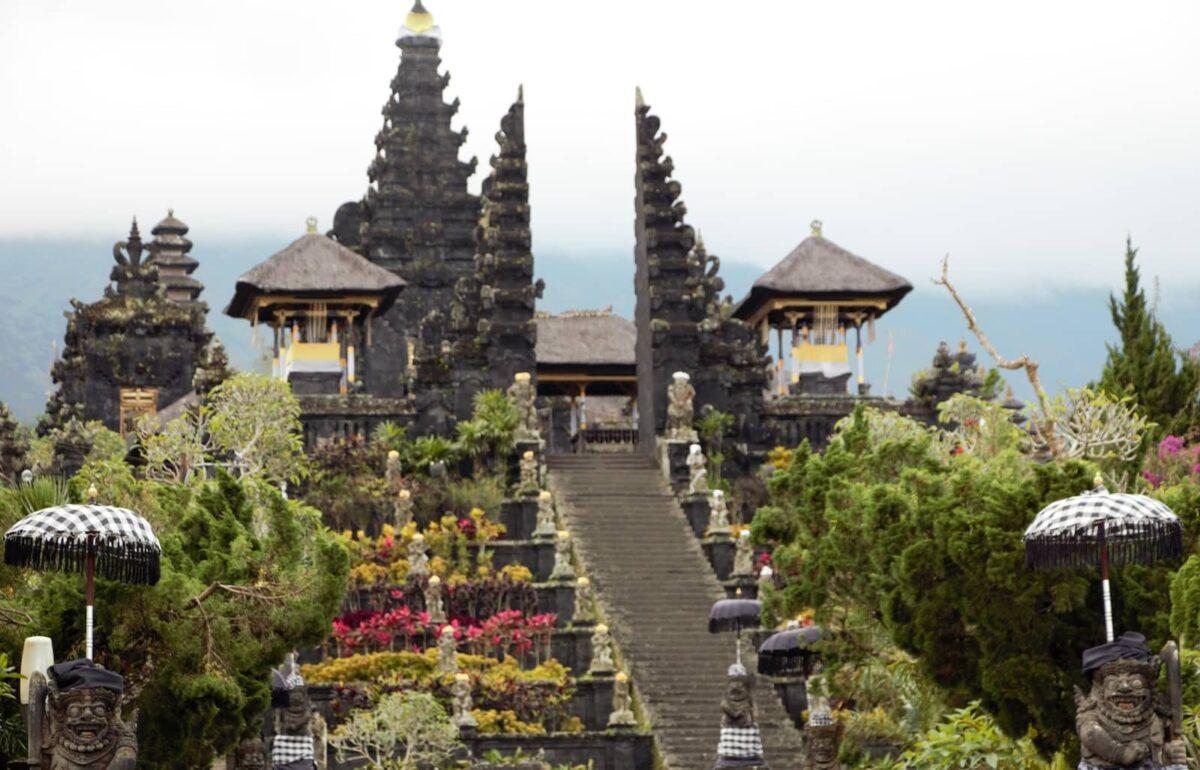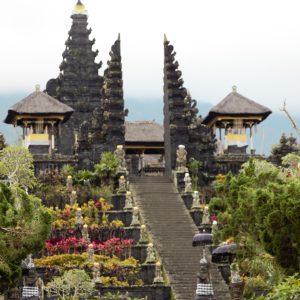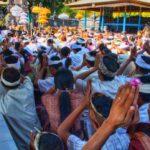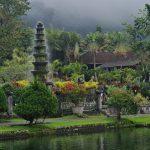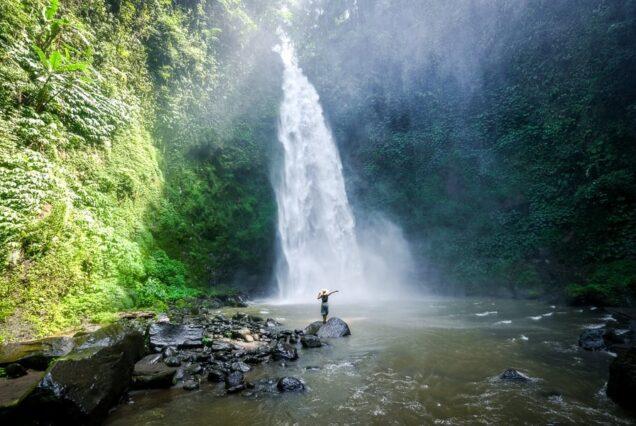Perched majestically on the slopes of Mount Agung, the Besakih Mother Temple, or Pura Besakih, stands as the most significant and holiest temple complex in Bali. Revered as the ‘Mother of All Temples’, this sprawling complex is not just an architectural marvel but also a spiritual beacon for the Balinese and visitors alike.
A Historical Tapestry
The origins of Besakih Mother Temple can be traced back over a millennium. While various structures have been renovated and added over the centuries, the essence of the temple remains unchanged, making it an emblem of Bali’s rich cultural and religious heritage.
A Complex of Temples
Pura Besakih isn’t just a singular temple but a complex of 23 different temples. Each temple has its significance, dedicated to various gods and goddesses. The central temple, Pura Penataran Agung, holds the paramount religious significance, with its multiple tiers reaching for the skies.

Spiritual Significance
For the Balinese, Besakih represents not just a place of worship but also the spiritual axis. It’s believed that the spirits of ancestors find solace here, and thus, the temple becomes a focal point for various ceremonies, rites, and large-scale festivals.
Mount Agung: The Celestial Backdrop
The location of Besakih, on the southern slopes of Mount Agung, isn’t just a matter of aesthetic appeal. Mount Agung is considered the abode of gods in Balinese culture. This makes Besakih’s location symbolically significant, serving as a bridge between the earthly realm and the divine.
Architectural Grandeur
Every aspect of Besakih Mother Temple embodies the traditional Balinese architectural style. Intricate stone carvings, multi-tiered shrines (or Merus), and vast courtyards showcase the craftsmanship and dedication of the Balinese people over generations.
Festivals and Pilgrimages
Besakih is a hub of religious activity throughout the year. The most significant event is the annual Panca Wali Krama festival, which sees pilgrims from across Bali and beyond, converging at the temple for prayers, offerings, and ceremonies.
Exploring the Rich Heritage of Bali: Festivals, Dates, and Historical Significance
Visitor’s Guide
While Besakih is a place of reverence, it’s open to visitors of all backgrounds. However, respecting local customs, such as wearing a sarong and sash, is crucial. It’s also advisable to visit with a local guide who can provide deeper insights into the temple’s history and customs.
Conclusion
The Besakih Mother Temple is more than just a destination; it’s an experience, a journey through Bali’s spiritual heart and rich tapestry of culture. Its timeless beauty and profound significance make it a must-visit for anyone seeking to understand the essence of Bali.

